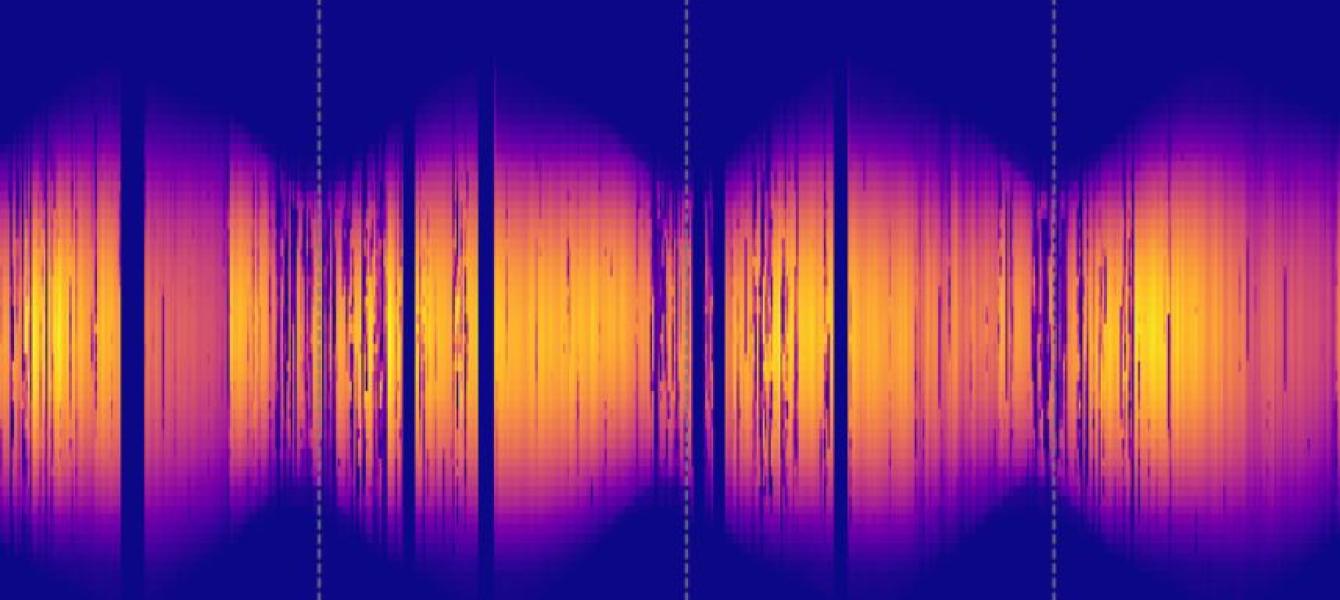Researchers release solar power data software to increase clean energy generation | SLAC National Accelerator … – Stanford University
The software, called Solar Data Tools, reveals a system’s performance on cloudy days versus sunny days; potential shade impediments, like buildings or vegetation; or more catastrophic changes, like hail pellets damaging panels during a storm. Built by a team of researchers with SLAC National Accelerator Laboratory’s Grid Integration Systems and Mobility lab (GISMo) lab, the software is also open source, meaning anyone interested can access it.
“A person with rooftop solar panels might wonder if their panels are generating as much power as when they were first installed,” said SLAC scientist Bennet Meyers, who works on the GISMo team and led the development of the software. “Since many people do not have backgrounds in data science or electrical engineering, our software gives them more direct insight into their systems.”
A growing demand
The demand for rooftop solar systems is growing – installations increased 34% in the U.S. from 2020 to 2021 – and with it the need for more user-friendly software like Solar Data Tools.
Something similar already exists for large solar energy systems, such as the utility-scale solar arrays in California’s deserts. But these larger systems often have teams of engineers that interpret data and then develop power generation solutions. Engineers do this with reliable weather data and knowledge of PV system modeling – things that are not available to many everyday solar power system owners or disadvantaged communities with solar energy systems.
If smaller, home solar power systems were better maintained, they could generate more clean electricity – and do so more reliably, since their power generation will be more consistent. More reliable energy resources are a high priority for electric grid operators around the world as more intermittent resources, like solar and wind energy, connect to the grid.
Turning incoherent noise into music
To build their software, the researchers collected data from about 1,000 solar panel sites at five minute intervals over three to ten years. This data helped researchers land on a set of algorithm design principles, such as needing minimal data input and minimal engineering work, and including error estimates.
More specifically, the researchers relied on a technique called signal decomposition to build the software. Signal decomposition takes only the data received by a solar panel system logging machine – only how much power is being generated, so no data from weather stations – and breaks down this data to tell a story about a system’s power generation. This is like sorting through noise coming from a room that you cannot see – a room with kids running, music playing and dogs barking. Signal decomposition separates the different noises in the room so that you can hear one sound at a time, so you can hear the music in the noise.
This post was originally published on 3rd party site mentioned in the title of this site


